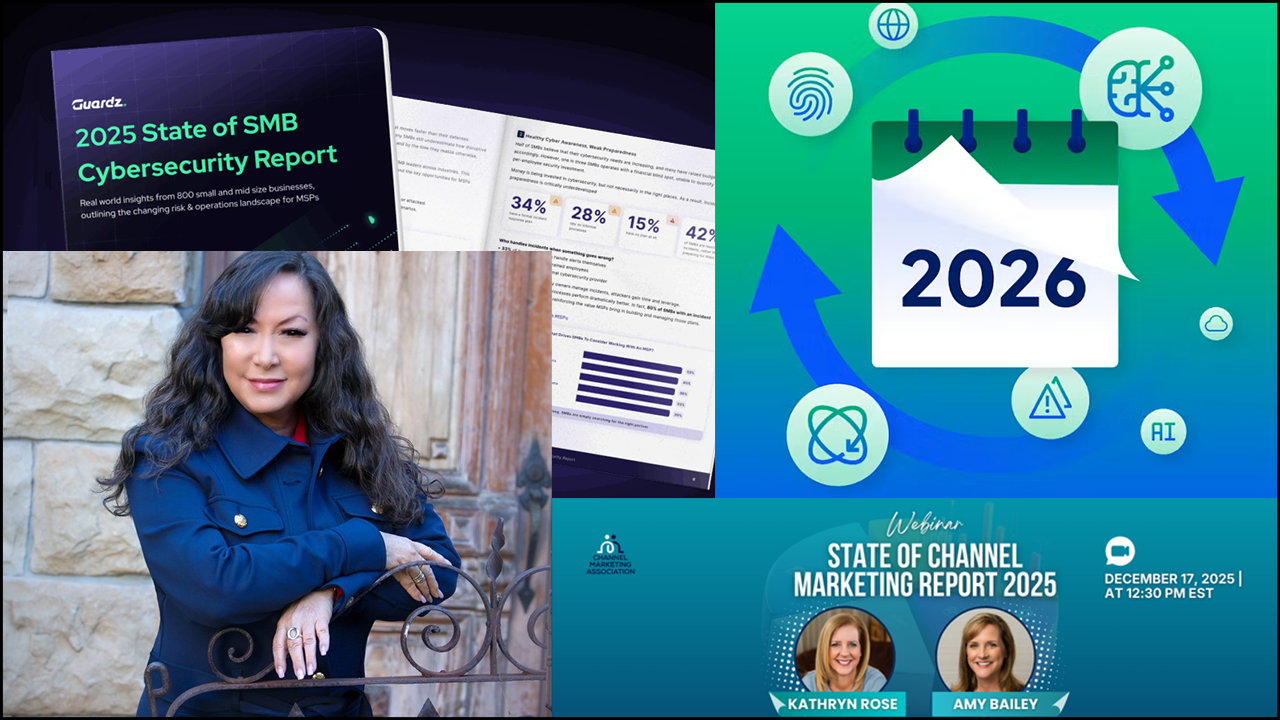IRONSCALES, the pioneer of self-learning email security, today announced that it has relaunched its Channel Partner Program with enhanced benefits. As part of the refresh, IRONSCALES has refined its tiering structure to feature platinum, gold, silver and transactional levels. The new program also defines achievable goals for partners and dedicates additional internal resources via its partner portal, marketing support, campaign assets, joint event opportunities and webinars to help drive revenue and maintain or boost levels.
“IRONSCALES’ channel program has long been touted by partners for its accessibility and flexibility. Now, we’re matching our best-in-class solution with a program that provides the same level of sophistication,” said Mike Poulter, channel sales director at IRONSCALES. “We’re dedicated to fostering a stronger and more immersive channel experience where every partner can grow and excel while building a high value service for companies around the world.”
IRONSCALES’ channel program is a leading source of company revenue, which increased 72% in 2020, driven by a 44% increase in new channel partnerships and an expanded global footprint within 18 new territories and markets, including India, United Arab Emirates and South Africa. Further, last month, the company announced the expansion of its managed security service provider (MSSP) strategy to include a partnership with Dark Rhino Security. To date, the company maintains global partnerships with MSPs, resellers and distributors.
IRONSCALES channel partners have all been incredibly excited about what the opportunities presented by the revamped Channel Program means to them.
“We are proud to be an IRONSCALES’ Gold partner. We focus on helping IT professionals find the right solutions for their challenges – and it makes our job easy when we have great solutions like IRONSCALES’ to recommend. Our clients love their products, and we love introducing our clients to products that we trust. We’re excited to continue this partnership,” said Jim Campbell, managing partner at Opkalla.
“With clients ranging from financial services to retail to Premier League football clubs, we’re really proud of our track record in protecting companies against increasingly sophisticated cyber threats – and IRONSCALES has always been a key partner in our success. We’re excited to be part of IRONSCALES’ new partner program and look forward to working together to keep more and more UK and global businesses safe in the cloud,” said Rob Mukherjee, director of transformation at EveryCloud.
Email-based attacks are the biggest threat facing organizations today. Attackers introduce billions of new phishing emails every single day. Legacy technologies like Secure Email Gateways (SEGs) simply can’t keep up with the volume or types of email threats in today’s world, as they were designed for the previous era of on-premises environments. IRONSCALES’ powerfully simple email security solution helps fight back fast and keeps organizations safe in today’s cloud-first world.
To learn more about IRONSCALES’ channel program, contact: partners@ironscales.com. For more information about IRONSCALES AI-driven self-learning email security platform, visit http://www.ironscales.com and follow @ironscales on social media.
About IRONSCALES
IRONSCALES is an email security company focused on fighting back against today’s modern phishing attacks. Our self-learning, AI-driven platform continuously detects and remediates advanced threats like Business Email Compromise (BEC), credential harvesting, Account Takeover (ATO) and more. Our powerfully simple email security solution is fast to deploy, easy to manage and keeps our customers safe.
Founded in Tel Aviv, Israel in 2014 by alumni of the Israel Defense Force’s elite Intelligence Technology unit, IRONSCALES is headquartered in Atlanta, Georgia. with an additional office in London. We are proud to support thousands of customers globally with our award-winning, analyst-recognized platform.
Visit http://www.ironscales.com to learn more.













